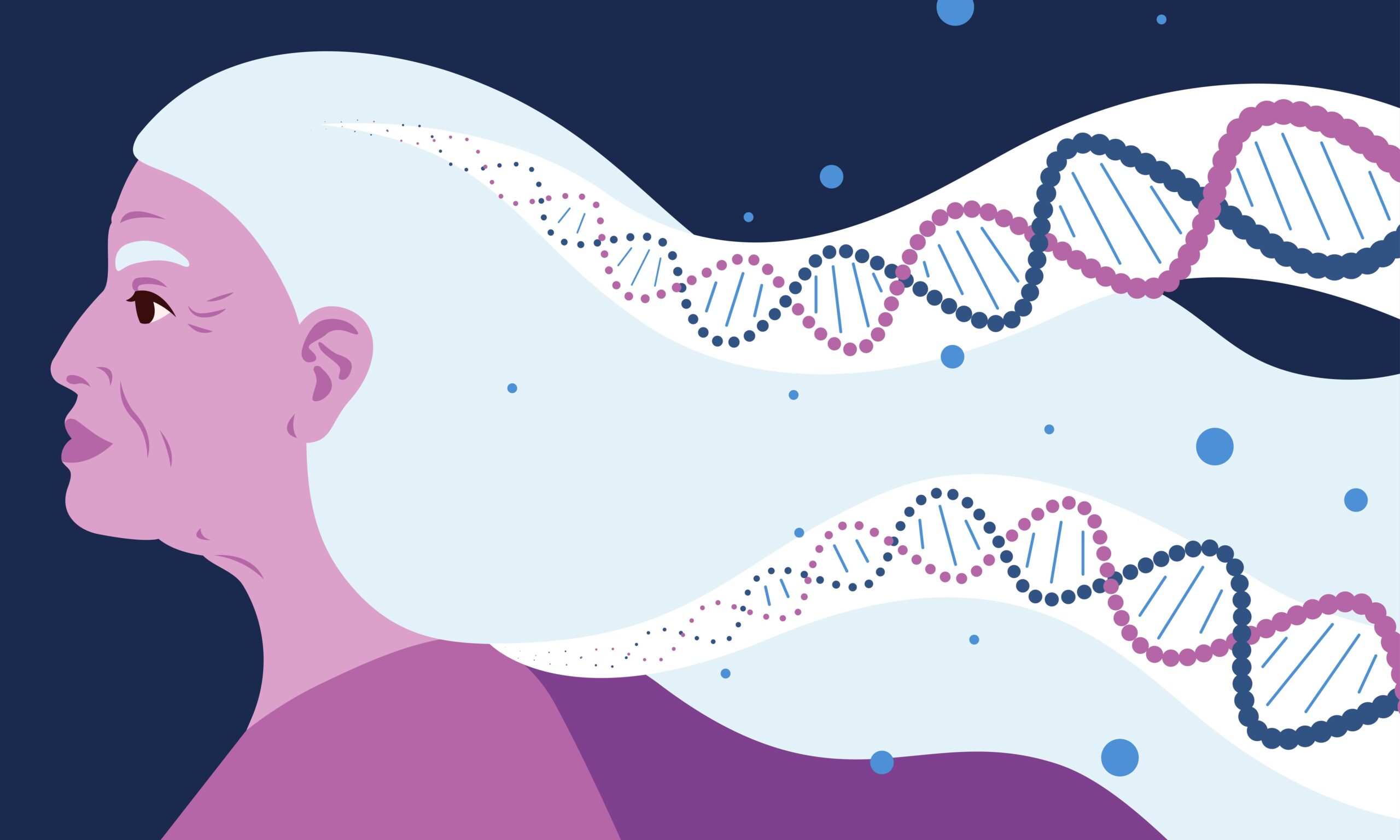About us
Learn how GA4GH helps expand responsible genomic data use to benefit human health.
Learn how GA4GH helps expand responsible genomic data use to benefit human health.
Our Strategic Road Map defines strategies, standards, and policy frameworks to support responsible global use of genomic and related health data.
Discover how a meeting of 50 leaders in genomics and medicine led to an alliance uniting more than 5,000 individuals and organisations to benefit human health.
GA4GH Inc. is a not-for-profit organisation that supports the global GA4GH community.
The GA4GH Council, consisting of the Executive Committee, Strategic Leadership Committee, and Product Steering Committee, guides our collaborative, globe-spanning alliance.
The Funders Forum brings together organisations that offer both financial support and strategic guidance.
The EDI Advisory Group responds to issues raised in the GA4GH community, finding equitable, inclusive ways to build products that benefit diverse groups.
Distributed across a number of Host Institutions, our staff team supports the mission and operations of GA4GH.
Curious who we are? Meet the people and organisations across six continents who make up GA4GH.
More than 500 organisations connected to genomics — in healthcare, research, patient advocacy, industry, and beyond — have signed onto the mission and vision of GA4GH as Organisational Members.
These core Organisational Members are genomic data initiatives that have committed resources to guide GA4GH work and pilot our products.
This subset of Organisational Members whose networks or infrastructure align with GA4GH priorities has made a long-term commitment to engaging with our community.
Local and national organisations assign experts to spend at least 30% of their time building GA4GH products.
Anyone working in genomics and related fields is invited to participate in our inclusive community by creating and using new products.
Wondering what GA4GH does? Learn how we find and overcome challenges to expanding responsible genomic data use for the benefit of human health.
Study Groups define needs. Participants survey the landscape of the genomics and health community and determine whether GA4GH can help.
Work Streams create products. Community members join together to develop technical standards, policy frameworks, and policy tools that overcome hurdles to international genomic data use.
GIF solves problems. Organisations in the forum pilot GA4GH products in real-world situations. Along the way, they troubleshoot products, suggest updates, and flag additional needs.
GIF Projects are community-led initiatives that put GA4GH products into practice in real-world scenarios.
The GIF AMA programme produces events and resources to address implementation questions and challenges.
NIF finds challenges and opportunities in genomics at a global scale. National programmes meet to share best practices, avoid incompatabilities, and help translate genomics into benefits for human health.
Communities of Interest find challenges and opportunities in areas such as rare disease, cancer, and infectious disease. Participants pinpoint real-world problems that would benefit from broad data use.
The Technical Alignment Subcommittee (TASC) supports harmonisation, interoperability, and technical alignment across GA4GH products.
Find out what’s happening with up to the minute meeting schedules for the GA4GH community.
See all our products — always free and open-source. Do you work on cloud genomics, data discovery, user access, data security or regulatory policy and ethics? Need to represent genomic, phenotypic, or clinical data? We’ve got a solution for you.
All GA4GH standards, frameworks, and tools follow the Product Development and Approval Process before being officially adopted.
Learn how other organisations have implemented GA4GH products to solve real-world problems.
Help us transform the future of genomic data use! See how GA4GH can benefit you — whether you’re using our products, writing our standards, subscribing to a newsletter, or more.
Join our community! Explore opportunities to participate in or lead GA4GH activities.
Help create new global standards and frameworks for responsible genomic data use.
Align your organisation with the GA4GH mission and vision.
Want to advance both your career and responsible genomic data sharing at the same time? See our open leadership opportunities.
Join our international team and help us advance genomic data use for the benefit of human health.
Discover current opportunities to engage with GA4GH. Share feedback on our products, apply for volunteer leadership roles, and contribute your expertise to shape the future of genomic data sharing.
Solve real problems by aligning your organisation with the world’s genomics standards. We offer software dvelopers both customisable and out-of-the-box solutions to help you get started.
Learn more about upcoming GA4GH events. See reports and recordings from our past events.
Speak directly to the global genomics and health community while supporting GA4GH strategy.
Be the first to hear about the latest GA4GH products, upcoming meetings, new initiatives, and more.
Questions? We would love to hear from you.
Read news, stories, and insights from the forefront of genomic and clinical data use.
Publishes regular briefs exploring laws and regulations, including data protection laws, that impact genomic and related health data sharing
Translates findings from studies on public attitudes towards genomic data sharing into short blog posts, with a particular focus on policy implications
Attend an upcoming GA4GH event, or view meeting reports from past events.
See new projects, updates, and calls for support from the Work Streams.
Read academic papers coauthored by GA4GH contributors.
Listen to our podcast OmicsXchange, featuring discussions from leaders in the world of genomics, health, and data sharing.
Check out our videos, then subscribe to our YouTube channel for more content.
View the latest GA4GH updates, Genomics and Health News, Implementation Notes, GDPR Briefs, and more.
14 Dec 2020
For nearly two decades, the EU Standard Contractual Clauses have been a key legal mechanism for transferring personal data out of the EEA (and now, the UK). Despite this, the SCCs’ requirements for onward transfers have received little attention.

For nearly two decades, the EU Standard Contractual Clauses (SCCs) have been a key legal mechanism for transferring personal data out of the EEA (and now, the UK). Despite this, the SCCs’ requirements for onward transfers – i.e. when an initial recipient (a data importer) passes the data to someone else – have received little attention.
That seems set to change: new (draft) guidance from the European Data Protection Board (EDPB) stresses the importance of assessing who might subsequently receive the data being transferred – whether a peer (such as a research collaborator), another database, or even just a vendor (such as a laboratory or a cloud computing provider).
The SCCs then provide different options to ensure this is GDPR-compliant:
| Basis for onward transfer | Practical implications |
| The onward transferee is covered by an EU adequacy decision | Data can potentially be passed on to recipients in places like Israel, New Zealand or Switzerland without extra formalities. Canada and Japan are also permitted destinations, subject to limitations. |
| The onward transferee becomes a signatory to these SCCs or another approved data transfer agreement | Unclear whether this literally means adding a party to the exporter’s own SCCs (directly), or just ensuring “back to back” use of SCCs by a data importer with its onward transferees (which has advantages as well as disadvantages). Directly adding new parties can be made more practical by adding extra provisions to the SCCs, allowing easy adherence by new parties without needing all the existing parties’ signatures.
Note that it can be difficult to get public bodies (such as clinical trial inspectors, or state-run research institutes) to agree to the SCCs – they might fear this would unacceptably fetter their statutory responsibilities (e.g. impede clinical trial oversight), or expose them to data protection litigation and enforcement in the UK / EEA (raising sovereign immunity issues). |
| Notice was given to data subjects, giving them a chance to opt out | Unless this notice was given when collecting data directly from data subjects, it might often not be practical to notify all data subjects of a new onward transfer – for example long after sample collection or study completion. There will also be a question of what to do if a data subject objects. |
| With regard to onward transfers of sensitive data, data subjects have given their unambiguous consent | This includes health and genetic data.
The drafting of 2004 C2C SCCs possibly makes this the only basis for onward transfers of such data under those SCCs. In the alternative 2001 version, it is clearer that this is one alternative. Organisations working with health and genetic data should balance this against the 2001 version’s drawbacks. The 2004 version’s ambiguity is thankfully also absent from the (2020) draft SCCs issued by the European Commission. |
Table 1: C2C SCC onward transfer options
In the (2020) draft SCCs just released by the European Commission, those onward transfer options are preserved, and a “docking” mechanism – for easy addition of new parties – is included as standard. In addition, onward transfers are also permitted to users of other GDPR-compliant transfer safeguard mechanisms, such as Binding Corporate Rules or approved codes of conduct. The consultation on these “next-gen” SCCs ran until 10th December, and their finalisation is expected in the first quarter of 2021.
For both current and next gen SCCs, it seems likely that those using the SCCs for genomic data transfers will need to assess and (if necessary) compensate for transfer risks, both for initial exports and – potentially – for onward transfers, applying the Schrems II criteria; they may also need.to stay abreast of and respond to evolutions in those risks over time, especially as foreign laws change.
Further Reading
Relevant GDPR Provisions
Phil Bradley-Schmieg is a senior associate in Bird & Bird LLP’s Privacy and Data Protection Group.
See all previous briefs.
Please note that GDPR Briefs neither constitute nor should be relied upon as legal advice. Briefs represent a consensus position among Forum Members regarding the current understanding of the GDPR and its implications for genomic and health-related research. As such, they are no substitute for legal advice from a licensed practitioner in your jurisdiction.
